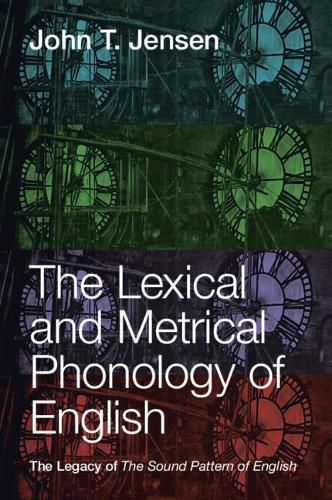Readings Newsletter
Become a Readings Member to make your shopping experience even easier.
Sign in or sign up for free!
You’re not far away from qualifying for FREE standard shipping within Australia
You’ve qualified for FREE standard shipping within Australia
The cart is loading…






This is the first full-scale discussion of English phonology since Chomsky and Halle’s seminal The Sound Pattern of English (SPE). The book enphasizes the analysis using ordered rules and builds on SPE by incorporating lexical and metrical and prosodic analysis and the insights afforded by Lexical Phonology. It provides clear explanations and logical development throughout, introducing rules individually and then illustrating their interactions. These features make this influential theory accessible to students from a variety of backgrounds in linguistics and phonology. Rule-ordering diagrams summarize the crucial ordering of approximately 85 rules. Many of the interactions result in phonological opacity, where either the effect of a rule is not evident in the output or its conditions of application are not present in the output, due to the operation of later rules. This demonstrates the superiority of a rule-based account over output oriented approaches such as Optimality Theory or pre-Generative structuralist phonology.
$9.00 standard shipping within Australia
FREE standard shipping within Australia for orders over $100.00
Express & International shipping calculated at checkout
This is the first full-scale discussion of English phonology since Chomsky and Halle’s seminal The Sound Pattern of English (SPE). The book enphasizes the analysis using ordered rules and builds on SPE by incorporating lexical and metrical and prosodic analysis and the insights afforded by Lexical Phonology. It provides clear explanations and logical development throughout, introducing rules individually and then illustrating their interactions. These features make this influential theory accessible to students from a variety of backgrounds in linguistics and phonology. Rule-ordering diagrams summarize the crucial ordering of approximately 85 rules. Many of the interactions result in phonological opacity, where either the effect of a rule is not evident in the output or its conditions of application are not present in the output, due to the operation of later rules. This demonstrates the superiority of a rule-based account over output oriented approaches such as Optimality Theory or pre-Generative structuralist phonology.